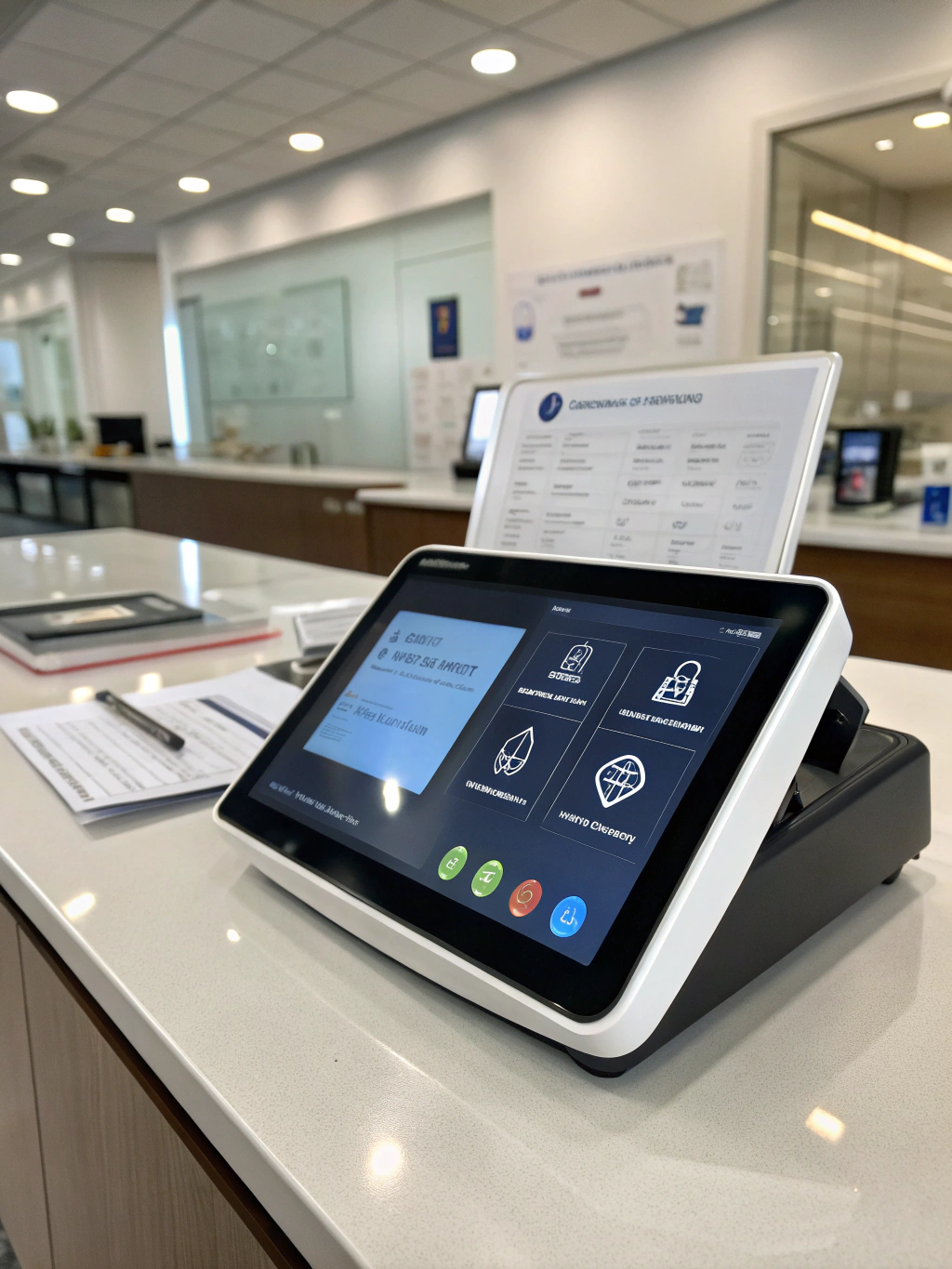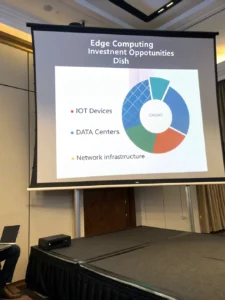Fortifying Finances: How Banks are Using AI for Advanced Fraud Detection
The Future of Finance is Here: How AI for Fraud Detection Banking is Revolutionizing Security The financial landscape is rapidly evolving, driven by technological advancements and increasingly sophisticated fraud tactics. From phishing scams to identity theft and complex money laundering schemes, banks and financial institutions face a constant barrage of threats. To combat these challenges, the industry is turning to a powerful ally: Artificial Intelligence (AI). This post dives deep into how AI for fraud detection banking is transforming security, explores emerging trends, and examines the broader implications for the future of finance. We'll uncover how organizations are leveraging AI's capabilities to create a more secure and resilient financial ecosystem, touching on related technologies like blockchain and exploring alternative strategies in a volatile market. The Rising Tide of Financial Fraud: A Growing Problem Financial fraud isn’t a new phenomenon, but its scale and complexity are escalating. The increasing reliance on digital channels has created new avenues for fraudsters to exploit, making traditional security measures inadequate. According to a recent report by Juniper Research, global financial fraud is projected to cost the industry hundreds of billions of dollars annually. This puts immense pressure on banks and financial institutions to find more effective ways to protect their customers and assets. Traditional fraud detection methods, such as rule-based systems, often rely on predefined patterns of suspicious activity. These systems can be slow to adapt to new fraud techniques and generate a high number of false positives, leading to customer friction and wasted resources. Enter AI: a game-changer in the fight against financial crime. How Fraud Prevention AI is Transforming Banking Security AI offers a powerful set of tools to detect and prevent fraud in real-time. Here’s a breakdown of key applications: Machine Learning for Anomaly Detection: Machine learning algorithms can analyze vast amounts of data – transaction history, user behavior, device information – to identify unusual patterns that may indicate fraudulent activity. Unlike rule-based systems, machine learning can adapt to changing fraud tactics and learn from new data. This capability is essential because fraudsters constantly evolve their methods. Banks are now using machine learning to spot subtle anomalies, like unusual transaction times, locations, or amounts, that humans might miss. Natural Language Processing (NLP) for Text Analysis: NLP is used to analyze text-based data, such as customer communications (emails, chat logs, social media posts), to identify potential fraud indicators. For example, NLP can detect suspicious language patterns or indicators of phishing attempts. This is particularly valuable in combating scams targeting account information. Predictive Analytics for Risk Assessment: AI-powered predictive analytics can assess the risk associated with each transaction or customer interaction, allowing banks to prioritize investigations and take proactive measures to prevent fraud. This enables a more targeted and efficient approach to fraud prevention. Key Benefits of Implementing AI-Driven Fraud Detection Reduced Fraud Losses: AI significantly improves the accuracy and speed of fraud detection, leading to substantial reductions in financial losses. Enhanced Customer Experience: By minimizing false positives, AI reduces unnecessary interruptions and improves the overall customer experience. Fewer legitimate transactions are flagged as suspicious, reducing frustration. Improved Efficiency: Automated fraud detection processes free up human analysts to focus on more complex cases. Adaptability: AI systems learn and adapt to evolving fraud patterns, staying ahead of the curve. Beyond Banking: The Broader Implications The advancements in AI for fraud detection banking are not confined to the financial industry. The technologies and methodologies developed for banking applications are finding widespread use in other sectors, including e-commerce, insurance, and healthcare. The ability to analyze large datasets and identify anomalies has broad applicability to any industry that deals with sensitive information and financial transactions. Furthermore, the rise of decentralized finance (DeFi) and crypto assets is presenting new challenges and opportunities for fraud detection. The immutable and transparent nature of blockchain technology, combined with AI-powered analytics, can help to prevent money laundering and other illicit activities within the crypto space. However, regulatory uncertainty and the evolving nature of this market also present unique hurdles. CoinDesk regularly reports on blockchain security and associated risks. The Intersection of AI, Crypto, and Alternative Investments The convergence of AI, cryptocurrency, and alternative investments is creating a fascinating and complex landscape. AI is being used to analyze market trends, assess risk, and automate trading strategies across various asset classes. For example, AI-powered tools can identify arbitrage opportunities in the crypto market or predict stock market movements based on sentiment analysis and historical data. However, this convergence also raises concerns about market manipulation, algorithmic bias, and the potential for systemic risk. As AI plays an increasingly important role in investment decision-making, it’s crucial to ensure that these systems are transparent, accountable, and ethically sound. Alternative investment strategies, like private equity and hedge funds, are also adopting AI to streamline operations and enhance investment outcomes. AI for Fraud Detection Banking vs. Fraud prevention AI: Understanding the Nuances While the terms are often used interchangeably, there are subtle differences. Fraud prevention AI is a broader term encompassing any AI-powered solution designed to prevent financial fraud. AI for fraud detection banking specifically focuses on the application of AI within the banking sector. Most deployments of fraud prevention AI leverage the principles of AI for fraud detection banking. Both rely on similar technologies like machine learning and NLP, but the latter is tailored to the unique challenges of the financial industry. Feature AI for Fraud Detection Banking Fraud Prevention AI Scope Banking Sector Only Broader Application Across Sectors Focus Banking-Specific Fraud All Types of Fraud Data Sources Banking Transaction Data Diverse Data, including banking Regulatory Context Heavily Regulated Variable, Dependent on Industry Looking Ahead: The Future of AI in Finance The role of AI in finance will only continue to grow in the years to come. As fraud tactics become more sophisticated and the financial landscape becomes more complex, AI will be essential for maintaining security and stability. We can expect to see further advancements in areas like explainable AI (XAI), which will help to make AI decision-making more transparent and understandable, and federated learning, which will enable AI models to be trained on decentralized data sets without compromising privacy. Your Turn: Share Your Thoughts! The integration of AI for fraud detection banking presents both incredible opportunities and complex challenges. What are your thoughts on the future of AI in finance? Share your comments below – we’d love to hear from you! Resources Juniper Research CoinDesk PwC – AI in Banking Fraud Keywords: AI for fraud detection banking, fraud prevention AI, artificial intelligence, machine learning, financial fraud, banking security, cryptocurrency, blockchain, fintech.
Share this content:














Post Comment